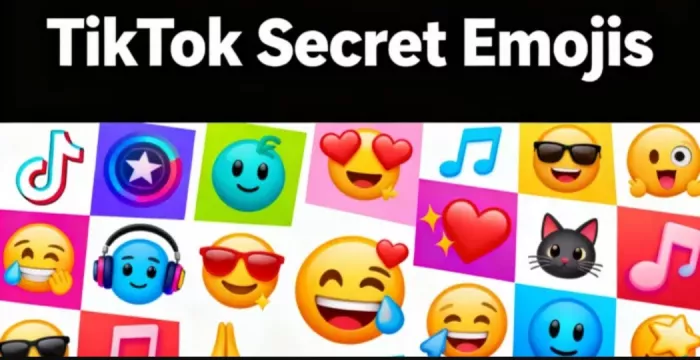
Ever wondered why you sometimes see an emoji on TikTok that is not on your regular keyboard? You are not alone. As of 2025, TikTok, which now has more than 1.59 billion monthly active users globally(read more), features a special collection of 46 hidden emojis that can only be activated using coded text in square brackets.
These emojis are more than cute decorations. They are cultural signals that reflect insider knowledge. Using the correct emoji, such as the TikTok [smile] instead of a regular smiling face 😊, can make you sound like a native TikTok user rather than a tourist. Understanding this visual language is essential if you want to maximize engagement and connect authentically with the community.
This guide covers every secret TikTok emoji code, what each one means in 2025, and how to use them like a pro.
The Complete List of TikTok "Secret" Emoji Codes
Here are the most popular and useful secret emoji codes on TikTok. Remember to type the code, including the square brackets, directly into a comment to activate the custom image.
| Code to Type | Emoji | Cultural Meaning on TikTok (October 2025) |
| [smile] | 🙂 | Sarcasm. Annoyance, frustration, or smiling through the pain. Do not use for genuine happiness. |
| [happy] | 😊 | A genuine, happy smile. Use this one instead of [smile] for positive vibes or appreciation. |
| [cry] | 😭 | Overwhelmed by emotion. Usually for something extremely cute, funny, or highly relatable. Rarely used for actual sadness. |
| [laughwithtears] | 😂 | A more intense, genuine laugh than the standard keyboard emoji. For when something is truly hilarious. |
| [wronged] | wronged | Feeling betrayed or treated unfairly, often in a dramatic or humorous way. |
| [stun] | stun | Utter shock or disbelief. Being completely flabbergasted by what you just saw. |
| [flushed] | flushed | Embarrassment, shyness, or feeling flattered. |
| [drool] | 🤤 | Used for attractive people or delicious-looking food. |
| [shout] | 😱 | A mix of shock and screaming. Used for jump scares or wild plot twists. |
| [slap] | 🤦 | Facepalm. For when someone says something foolish or makes a silly mistake. |
| [speechless] | 😶 | You're so shocked or confused that you don't know what to say. |
| [funnyface] | 🤪 | Being silly, goofy, or a little unhinged. |
| [thinking] | 🤔 | Genuine thinking or pondering a question. |
| [scream] | 😱 | Pure terror or a reaction to a horror video. |
| [weep] | 😩 | Overwhelmed with frustration or desire. A very dramatic emoji. |
| [wicked] | 😈 | Being mischievous or playfully evil. |
| [facewithrollingeyes] | 🙄 | The ultimate eye-roll for sarcasm and annoyance. |
| [cool] | 😎 | Feeling cool, confident, or nonchalant. |
| [angry] | 😡 | Genuine anger or rage. |
| [loveface] | 😍 | Adoration for a person, pet, or object. |
Now that you know what each emoji code means, let us explore why TikTok maintains a secret set of emojis when regular Unicode emojis already exist.
The Psychology of Platform-Exclusive Emojis

TikTok’s secret emoji system goes beyond aesthetics. It serves psychological, cultural, and strategic purposes that keep users emotionally invested in the platform.
Building an Insider Identity

Typing bracketed text codes instead of choosing emojis from a keyboard is an act of belonging. It shows that you understand the platform’s culture.
Signaling native status: When you type [wronged] instead of a generic emoji, you signal to TikTok’s massive user base that you know the unspoken rules of the platform.
Emotional nuance: Emojis help express feelings that words cannot convey. TikTok’s unique set allows users to show irony, self-awareness, or exaggerated emotion, which are central to the platform’s humor.
Algorithmic Belonging
Beyond emotion, these custom emojis also play a role in TikTok’s recommendation system. By using certain emojis in comments or captions, users contribute to data signals that help the algorithm categorize content. This means the emoji language not only connects people emotionally but also connects them algorithmically, linking users who express similar tones and interests.
The Business of Platform Lock-In
TikTok’s secret emojis are also a subtle business tool.
- Branding integrity: The custom emoji art style reinforces TikTok’s recognizable visual brand.
- Loss of context outside the app: When users share screenshots of comment sections on Instagram or X, the emojis appear as plain text, such as [cry] or [flushed]. The joke or tone disappears. This keeps engagement and meaning tied to TikTok itself, encouraging users to stay within the platform for the full experience.
Emoji Popularity and Usage in 2025
Below is an estimated look at which secret emojis are used most frequently in TikTok comments in 2025, based on
community trend data.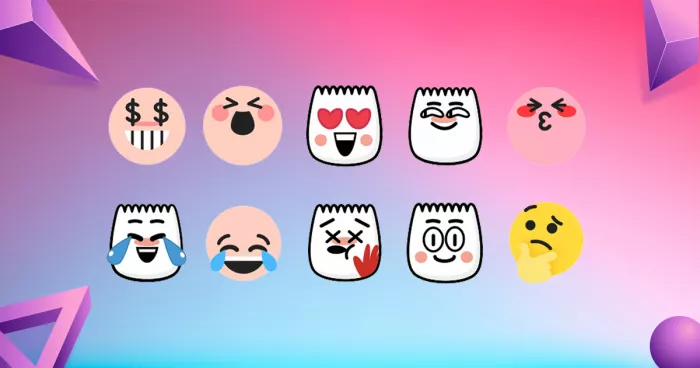
This shows how emotionally exaggerated or ironic emojis dominate TikTok’s comment culture, aligning perfectly with the platform’s personality-driven humor.
The Most Misunderstood TikTok Emojis (Cultural Meanings)
Understanding how to use these emojis correctly is key to blending in. Misusing them can make you appear out of touch or unaware of the culture.
1. The [smile] Emoji (The Sarcastic Smile)
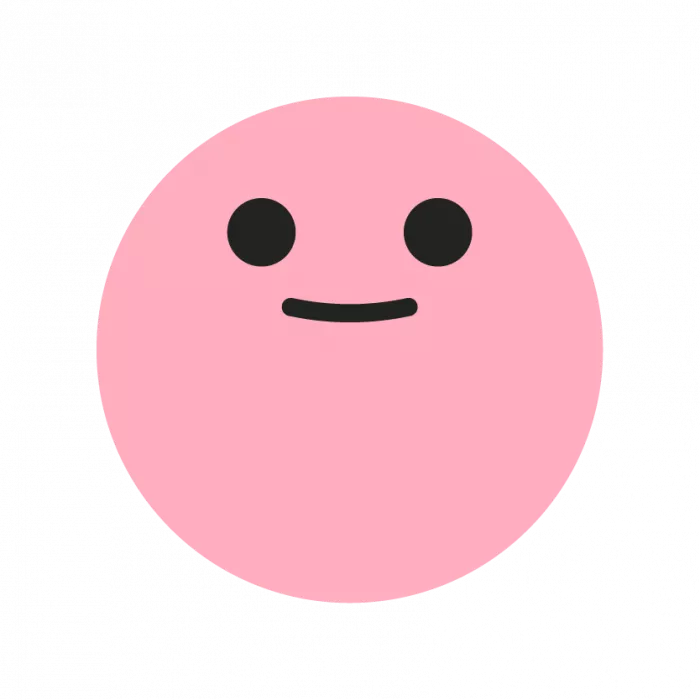
On TikTok, [smile] almost never means genuine happiness.
Meaning: It signals sarcasm, frustration, or polite annoyance.
Rule: Use [happy] or 😊 for real joy. [smile] is the “this is fine, but it’s not fine” emoji.
2. The [cry] Emoji (The Puppy Overwhelm)

Never use [cry] for real sadness.
Meaning: It shows emotional overload, often from laughter or cuteness.
Rule: Use it when something is hilarious or adorable, not tragic.
3. The [flushed] Emoji (The Cringe Reaction)
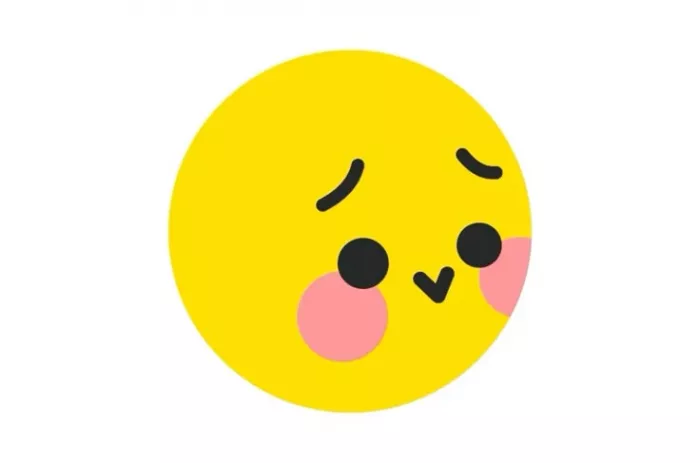
This emoji perfectly expresses secondhand embarrassment or shy flattery.
Use Case: Ideal for awkward compliments, personal confessions, or cringe moments.
How to Use TikTok's Secret Emojis
- You do not need a special keyboard or an update. Here is how to use them:
- Type the emoji code inside square brackets, such as [happy].
- Post your comment. TikTok automatically converts it into a hidden emoji.
Final Takeaway
TikTok’s secret emojis are more than visual symbols. They represent a shared cultural code within the platform’s massive global community. Learning these hidden codes helps you interpret tone, understand humor, and join the inside conversation.
Mastering them allows you to comment with authenticity and confidence. Whether you are reacting to a viral clip, complimenting a creator, or adding humor to a post, knowing the meanings of these emojis will make your comments feel native and culturally accurate.



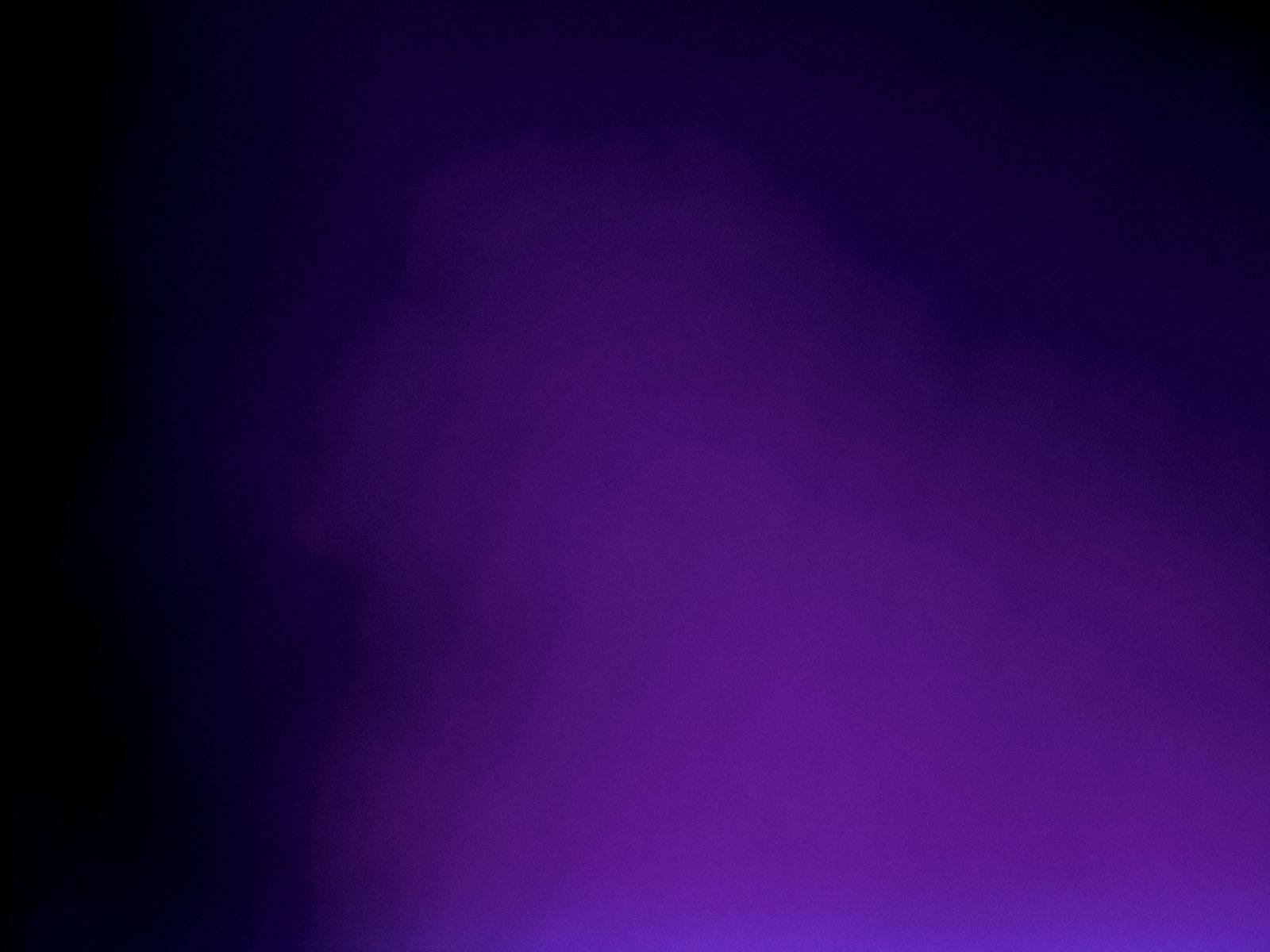
Comments